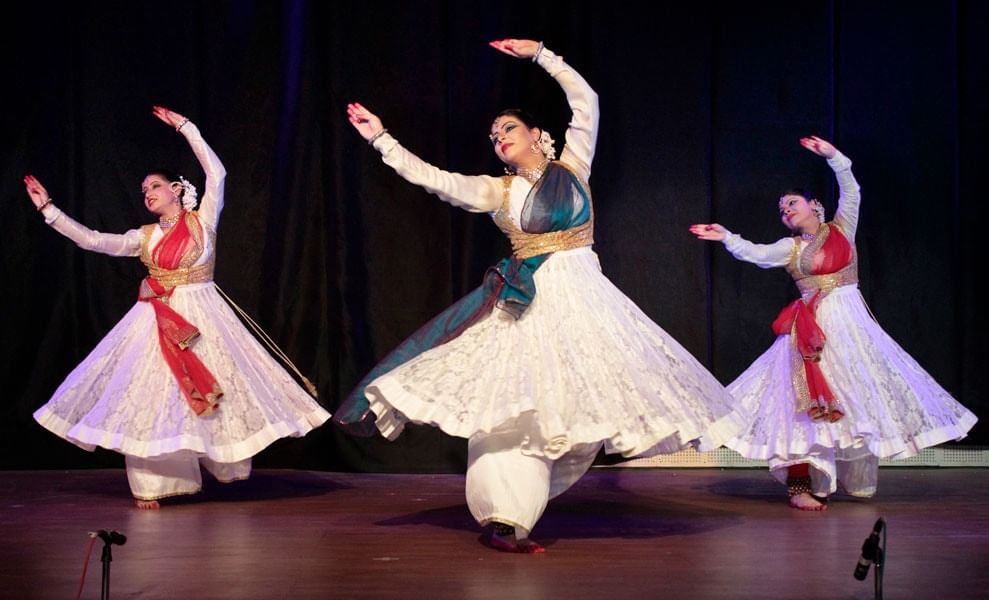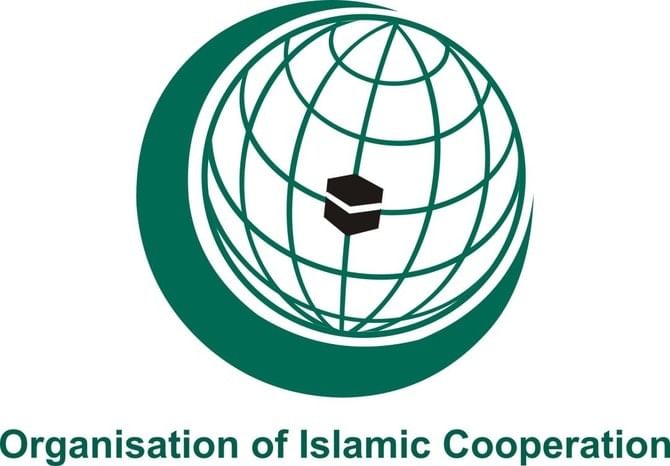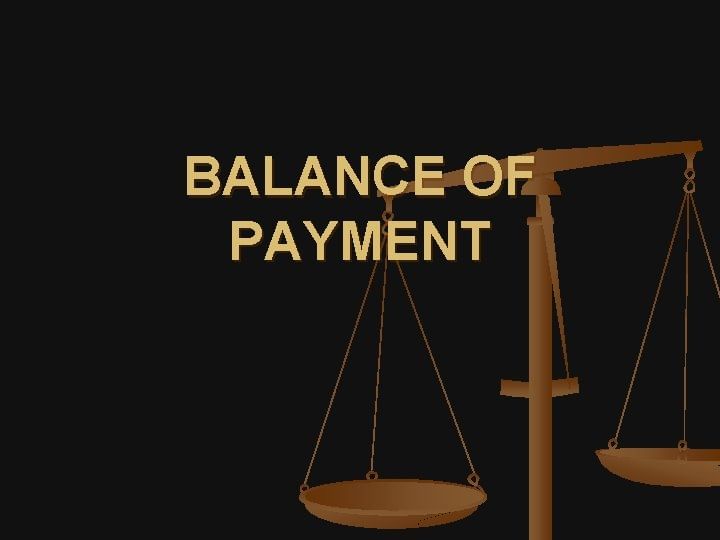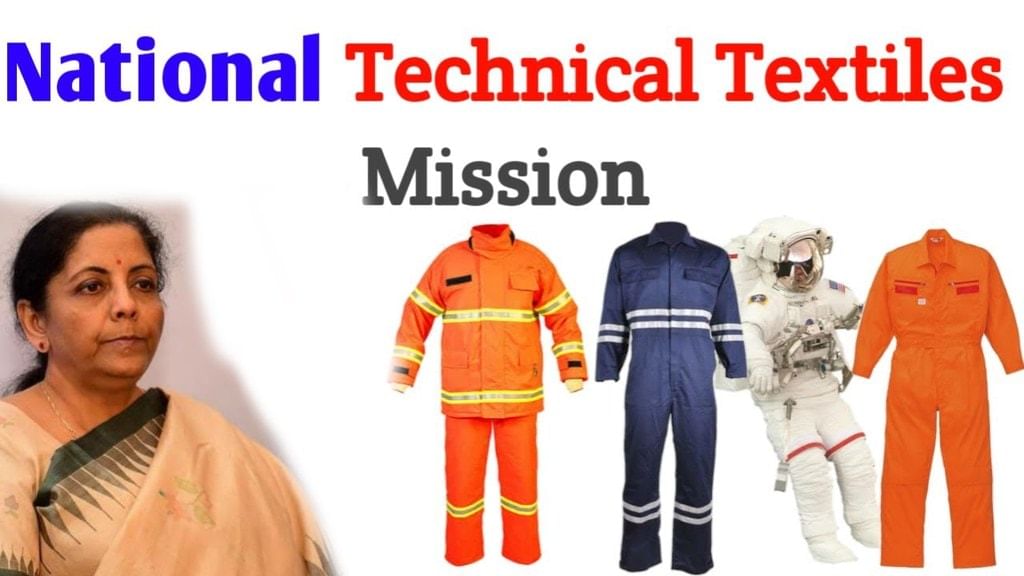UPSC Daily Current Affairs- January 18, 2022 | Current Affairs: Daily, Weekly & Monthly - CLAT PDF Download
GS-I
Kathak

Context
- Kathak legend Pandit Birju Maharaj has recently passed away.
About Kathak
- Kathak is one of the eight major forms of Indian classical dance.
- The origin of Kathak is traditionally attributed to the travelling bards in of ancient northern India known as Kathakars or storytellers.
- The term Kathak is derived from the Vedic Sanskrit word Katha which means “story”, and Kathakar which means “the one who tells a story”, or “to do with stories”.
- Wandering Kathakars communicated stories from the great epics and ancient mythology through dance, songs and music.
Its origin
- Kathak dancers tell various stories through their hand movements and extensive footwork, their body movements and flexibility but most importantly through their facial expressions.
- It evolved during the Bhakti movement, particularly by incorporating the childhood and stories of the Hindu god Krishna, as well as independently in the courts of north Indian kingdoms.
- Kathak is unique in having both Hindu and Muslim gharanas and cultural elements of these gharanas.
- Kathak performances include Urdu Ghazals and commonly used instruments brought during the Mughal period.
Major gharanas
- Kathak is found in three distinct forms, called “gharanas”, named after the cities where the Kathak dance tradition evolved – Jaipur, Banaras and Lucknow.
- While the Jaipur gharana focuses more on the foot movements, the Banaras and Lucknow gharanas focus more on facial expressions and graceful hand movements.
Performance details
- It involves both Nritta (pure dance) and Nritya (expressive dance).
- Stylistically, the Kathak dance form emphasizes rhythmic foot movements, adorned with small bells (Ghungroo) and the movement harmonized to the music.
- The legs and torso are generally straight, and the story is told through a developed vocabulary based on the gestures of arms and upper body movement, facial expressions, neck movements, eyes and eyebrow movement, stage movements, bends and turns.
- The main focus of the dance becomes the eyes and the foot movements.
- The eyes work as a medium of communication of the story the dancer is trying to communicate. With the eyebrows the dancer gives various facial expressions.
- A Kathak performance can be solo, duo or team. In a technical performance, the speed and energy the dancers exchange with the audience increases in multiples, that is the tempo doubles or quadruples.
Ravidassias of Punjab

Context
- Recently, the Election Commission of India (ECI) has postponed polling for the Punjab Assembly election, which underlines the importance of the Ravidassia community in the state.
- The State government and political parties raised concern that many devotees would be in Varanasi (in a memorial temple) to celebrate Guru Ravidas’s birth anniversary on 16th February and miss out on voting.
- Guru Ravidas’s birth anniversary is celebrated on Magh Purnima, the full moon day in the month of Magh according to the Hindu lunar calendar.
About Ravidassias of Punjab
- The Ravidassias are a Dalit community of whom the bulk — nearly 12 lakh — live in the Doaba region.
- The Dera Sachkhand Ballan, their largest dera with 20 lakh followers worldwide, was founded in the early 20th century by Baba Sant Pipal Das.
- Once closely connected with Sikhism, the dera severed these decades-old ties in 2010, and announced they would follow the Ravidassia religion.
- The announcement was made on Guru Ravidas Jayanti in Varanasi.
- From 2010, the Dera Sachkhand Ballan started replacing the Guru Granth Sahib with its own Granth, Amritbani, carrying 200 hymns of Guru Ravidas, in Ravidassia temples and gurdwaras.
About Guru Ravidas
- Guru Ravidas was a mystic poet saint of the Bhakti Movement from the 15th and 16th centuries, and founded the Ravidassia religion.
- It is believed that he was born in Varanasi in a cobbler’s family.
- He gained prominence due to his belief in one God and his unbiased religious poems. He dedicated his whole life to the abolition of the caste system and openly despised the notion of a Brahminical society.
- His devotional songs made an instant impact on the Bhakti Movement and around 41 of his poems were included in ‘Guru Granth Sahib’, the religious text of the Sikhs.
Kohima War Cemetery

Context
- Recently, the United Kingdom-based Commonwealth War Graves Commission (CWGC) has listed five sites with unusual features. These sites are associated with World War I and World War II.
- Nagaland capital Kohima is included in the list because of the Kohima War Cemetery.
About Kohima War Cemetery
- Nagaland’s capital Kohima probably has the only cemetery on earth that sports a tennis court.
- The Kohima War Cemetery is one of 23,000 World War graves across the continents maintained by the CWGC.
Formation of the Cemetery
- On 3rd April 1944, a Japanese force of 15,000 attacked Kohima and its 2,500-strong force.
- It led to two weeks of difficult, bloody fighting as the defending forces were pushed back to the former house of the British Deputy Commissioner.
- The lawn of this house had a tennis court where the British officers played for recreation.
- The surviving defenders, encamped around the garden tennis court, prepared for their final stand. As the Japanese forces prepared to attack, they were attacked in turn by the lead tanks of a relief force, saving the defenders and pushing the attackers back.
- Despite this setback, the Japanese force continued to fight for Kohima before they were finally forced to withdraw in May 1944.
- Those who had fallen in the defence of Kohima were buried on the battlefield, which later became a permanent CWGC cemetery, with further burials from the surrounding areas.
- Designer Colin St. Clair Oakes incorporated the tennis court into the design of the cemetery.
Other Cemeteries in the List
- World War I “crater cemeteries” – Zivy Crater and Litchfield Crater – in the Pas de Calais region in France.
- Nicosia (Waynes Keep) Cemetery or the “cemetery in no man’s land” in Cyprus.
About Commonwealth War Graves Commission
- CWGC is an intergovernmental organisation of six member-states ( Australia, Canada, India, New Zealand, South Africa, United Kingdom) who ensure the men and women who died in the wars will never be forgotten.
- It was formed in 1917 as the Imperial War Graves Commission. However the present name was given in 1960.
- Its headquarters is situated in Maidenhead, UK.
GS-II
India-Japan friendship can help global peace, prosperity

Context
- The year 2022 marks the 70th anniversary of the establishment of diplomatic relations between Japan and India.
Historical background of India-Japan relationship
- We have a long history of people-to-people exchanges that can be traced back to the sixth century.
- Buddhism was brought to Japan and, in 752.
- During Meiji Restoration in the late 19th Century — Japan needed natural resources to modernise its industry.
- Many Japanese travelled to India to purchase cotton, iron ore, etc.
- Formal relations between Japan and India began in 1952.
- After the Second World War, instead of signing the multilateral San Francisco Peace Treaty, India opted for concluding a bilateral peace treaty with Japan, considering that honour and equality should be ensured for Japan to rejoin the international community.
- But even before the establishment of diplomatic relations, the goodwill between the people of the two countries was deeply rooted through business, academic and cultural exchanges.
- After 70 years of multi-layered exchanges, the relationship between our two countries grew into a “Special Strategic and Global Partnership”.
Future possibilities
- As democratic countries, contribute to global peace and prosperity
- As democratic countries in Asia, India and Japan can cooperate to contribute to global peace and prosperity.
- We share political, economic and strategic interests based on the firm foundations of common values and traditions.
- We are continuing our efforts to build a rules-based free and open international order.
- Cooperation in security
- There are a plethora of fields that we can cooperate in security issues including cyber security, outer space and economic security.
- Augmenting economic relations
- For long, Japan has been the largest ODA (Official Development Assistance) donor to India.
- One of the most recent and ongoing examples of our collaboration is the Mumbai-Ahmedabad High-Speed Rail project.
- Japan is also one of the largest investors in India.
- Both countries have also promoted economic cooperation in other countries to enhance social infrastructure and connectivity.
- Our economic partnership can further strengthen the economy of the Indo-Pacific, as well as the world economy.
- Cultural exchange
- Cultural exchanges including literature, movies, music, sports and academics are essential for our relations, enabling a better understanding.
Conclusion
- India-Japan ties will continue to flourish. Our long history substantiates that.
Inter-State River Water Disputes Act, 1956

Context
- Karnataka CM Recently observed that the time has come to revisit the Inter-State River Water Disputes Act as it creates more disputes than resolving them.
- The chief minister’s statement comes at a time when Karnataka has been involved in inconstant fight with neighbouring Tamil Nadu, Maharashtra, Goa and Andhra Pradesh regarding inter-state water disputes concerning Cauvery, Mahadayi and Krishna rivers.
About Inter-state water dispute
- Art 262 provides for the adjudication of inter-state water disputes. It has two following provisions:
- Parliament may by law provide for the adjudication of any dispute or complaint with respect to the use, distribution and control of waters of any inter-state river and river valley.
- Parliament may also provide that neither the Supreme Court nor any other court is to exercise jurisdiction in respect of any such dispute or complaint.
- Under the provisions of the act, the central government has enacted, River boards act (1956) and Inter-state water disputes act (1956):
- The river board act provides for the establishment of river boards for the regulation and development of the Inter-state River and river valleys. Such a river board is established on the request of the state governments concerned.
- The inter-state water dispute act empowers the central government to set up an ad hoc tribunal for the adjudication of a dispute between the two or more states in relation to the water of an inter-state river. The decision of the tribunal would be final and binding. Furthermore, the act bars the SC and any other court to have jurisdiction in this matter.
Need of the hour
- The multifold levels of addressing the inter-state water disputes are removed at one single stage.
- The solution should be on the basis of maximum utility of a river basin capacity and using technology, and giving away all political considerations.
Issues surrounding the interstate Water Dispute Act, 1956
- The Inter-State Water Dispute Act, 1956 which provides the legal framework to address such disputes suffers from many drawbacks as it does not fix any time limit for resolving river water disputes.
- Delays are on account of no time limit for adjudication by a Tribunal, no upper age limit for the Chairman or the Members, work getting stalled due to occurrence of any vacancy and no time limit for publishing the report of the Tribunal.
- The River Boards Act 1956, which is supposed to facilitate inter-state collaboration over water resource development, remained a ‘dead letter’ since its enactment.
- Surface water is controlled by Central Water Commission (CWC) and ground water by Central Ground Water Board of India (CGWB). Both bodies work independently and there is no common forum for common discussion with state governments on water management.
Organization of Islamic Cooperation

Context
- After years, Iran diplomats return to Saudi Arabia to take up posts in Islamic forum.
- Arrival of Iranian delegation to Organization of Islamic Cooperation marks first such diplomatic move between Tehran, Riyadh since ties cut in 2016.
About Organization of Islamic Cooperation
- It is an international organization founded in 1969, consisting of 57 member states.
- It is the second-largest inter-governmental organization after the United Nations.
- The organisation states that it is “the collective voice of the Muslim world” and works to “safeguard and protect the interests of the Muslim world in the spirit of promoting international peace and harmony “.
- The OIC has permanent delegations to the United Nations and the European Union.
- Permanent Secretariat is in Jeddah, Saudi Arabia.
Significance of OIC for India
- OIC’s growing economic and energy interdependence with India has become important in recent times.
GS-III
How do SDRs help maintain Balance of Payments (BoP)?

Context
- A recent report by the RBI shows that India received support of $17.86 billion in August 2021 by way of Special Drawing Rights (SDRs) has helped cushion the worsening current account deficit.
About Special Drawing Rights (SDRs)
- SDRs, created by the IMF in 1969, are an international reserve asset and are meant to supplement countries’ reserves.
- Adding SDRs to the country’s international reserves makes it more financially resilient.
- Providing liquidity support to developing and low-income countries allows them to tide over the balance of payments (BOP) situations like the one India has been experiencing due to the pandemic and the one it faced earlier in 1991.
- SDRs being one of the components of foreign exchange reserves (FER) of a country, an increase in its holdings is reflected in the BOP.
Key components of BOP
- The BOP divides transactions of a country with the rest of the world into two accounts:
- Current Account: It consists of net trade of exports and imports of products and services, net earnings on cross-border investments and net transfer payments.
- Capital Account: It constitutes a country’s transactions in financial instruments i.e. assets and liabilities constituting of direct investment, portfolio investment, loans, banking capital, and other capital.
What does the SDR support signify?
- Pandemic impact: Countries worldwide are going through one of the worst health and economic crises, and India has been no exception.
- Domestic business underperformance: It is also indicative of the fact that the domestic business environment is failing to attract foreign direct investment.
Is dependence on SDR a matter of concern?
- A BOP dependent on an SDR-dependent capital account surplus to cushion the country’s widening current account deficit is not a comfortable position to be in.
- Compulsion for reforms: Importantly, IMF support comes with a baggage of conditions as was the case in 1991—the support came with the condition that India initiates big-ticket economic reforms.
- Sovereign decisions: Any democratic country would be more comfortable with sovereign rights to design its policy strategy.
National Technical Textiles Mission

Context
- Recently, the Ministry of Textiles cleared 20 strategic research projects worth Rs 30 crores in the areas of Specialty fibers and Geotextiles under the Programme ‘National Technical Textiles Mission.’
About National Technical Textiles Mission
- It was approved in 2020 by the Cabinet Committee on Economic Affairs (CCEA) with the aim to position the country as a global leader in technical textiles and increase the use of technical textiles in the domestic market.
- It aims at taking the domestic market size from USD 40 billion to USD 50 billion by 2024.
About Ministry
- A Mission Directorate is operational in the Ministry of Textiles.
Components
- It will be implemented for four years starting from 2020-2021 and has four components-
- First component: It will focus on research, development and innovation with an outlay of Rs. 1,000 crores.
- The research will be at both fiber level and application-based in geo, agro, medical, sports and mobile textiles and development of biodegradable technical textiles.
- Research activities will also focus on the development of indigenous machinery and process equipment.
- Second component: It will be for the promotion and development of the market for technical textiles.
- Third component: It will focus on export promotion so that technical textile exports from the country reach from Rs 14,000 crores to Rs 20,000 crores by 2021-2022 and ensure 10% average growth every year till the Mission ends.
- An export promotion council for technical textiles will be set up.
- Fourth component: It will focus on education, training and skill development.
- The Mission will promote technical education at higher engineering and technology levels related to technical textiles and its application areas.
Scenario of Technical Textile
- The growth of technical textiles in India has gained momentum in the past five years, currently growing at an 8% per annum rate.
- It is aimed to hasten this growth to 15-20% range during the next five years.
- The current world market is USD 250 billion and India’s share in it is USD 19 billion.
- India is an aspiring player with USD 40 billion in this market (8% Share).
- The biggest players are the USA, western Europe, China and Japan (20-40% share).
Initiatives Related to Technical Textile
- Production Linked Incentive (PLI) Scheme for Textiles Sector: It aims to promote the production of high value Man-Made Fiber (MMF) fabrics, garments and technical textiles.
- Harmonized System of Nomenclature (HSN) Codes for Technical Textile: In 2019, Government of India dedicated 207 HSN codes to technical textiles to help in monitoring the data of import and export, in providing financial support and other incentives to manufacturers.
- 100% FDI under Automatic Route: The Government of India allows 100% Foreign Direct Investment (FDI) under automatic route. International technical textile manufacturers such as Ahlstrom, Johnson & Johnson etc have already initiated operations in India.
- Technotex India: It is a flagship event organized by the Ministry of Textiles, in collaboration with Federation of Indian Chambers of Commerce & Industry (FICCI) and comprises exhibitions, conferences and seminars with participation of stakeholders from across the global technical textile value chain.
- Amended Technology Upgradation Fund Scheme: To improve exports and indirectly promote investments in textile machinery.
|
844 docs|613 tests
|
FAQs on UPSC Daily Current Affairs- January 18, 2022 - Current Affairs: Daily, Weekly & Monthly - CLAT
| 1. What are the three general studies (GS) papers in the UPSC exam? |  |
| 2. What is the significance of GS-I in the UPSC exam? |  |
| 3. What does GS-II focus on in the UPSC exam? |  |
| 4. Which areas are covered in GS-III of the UPSC exam? |  |
| 5. What is the importance of daily current affairs in UPSC preparation? |  |

|
Explore Courses for CLAT exam
|

|

















